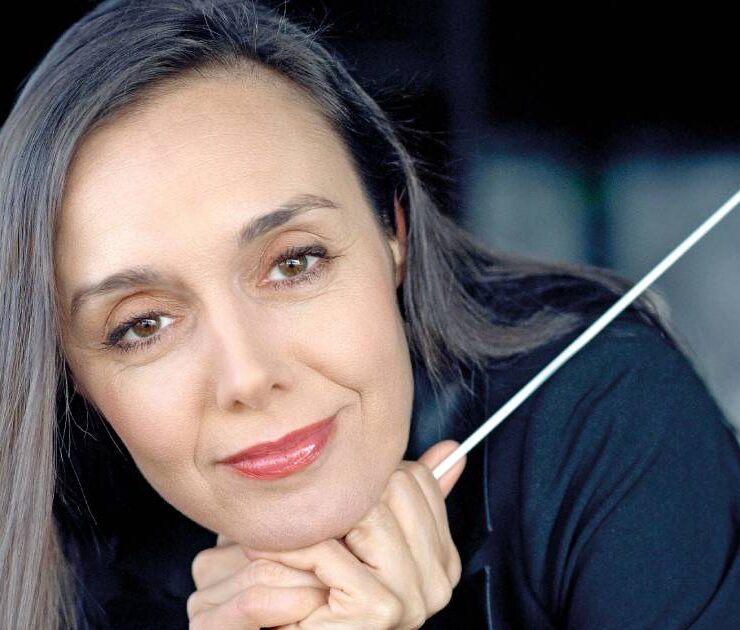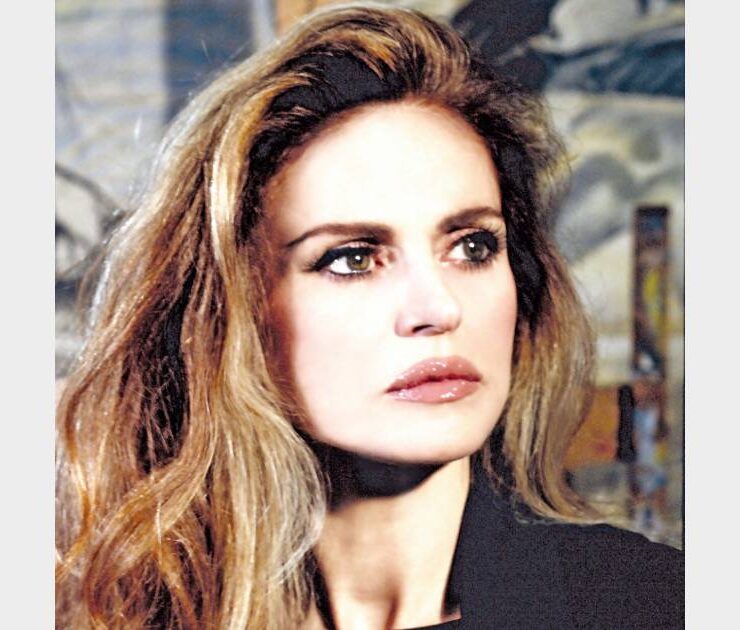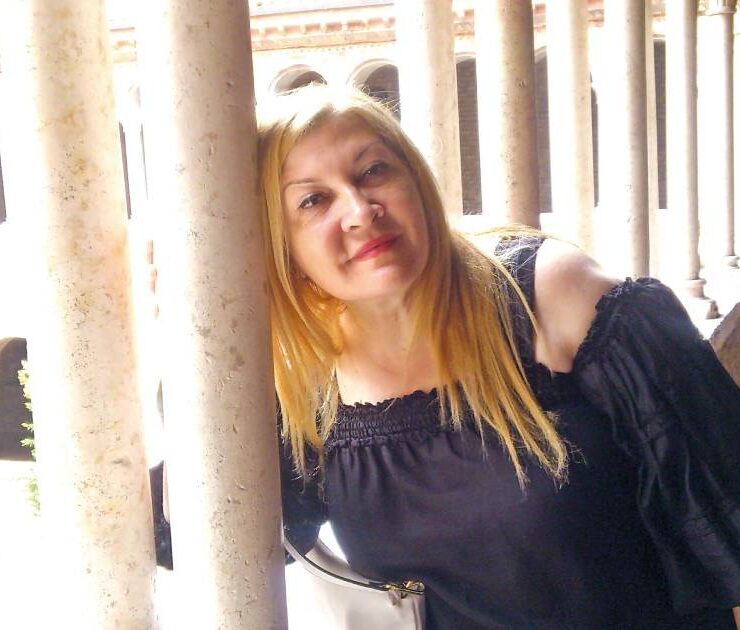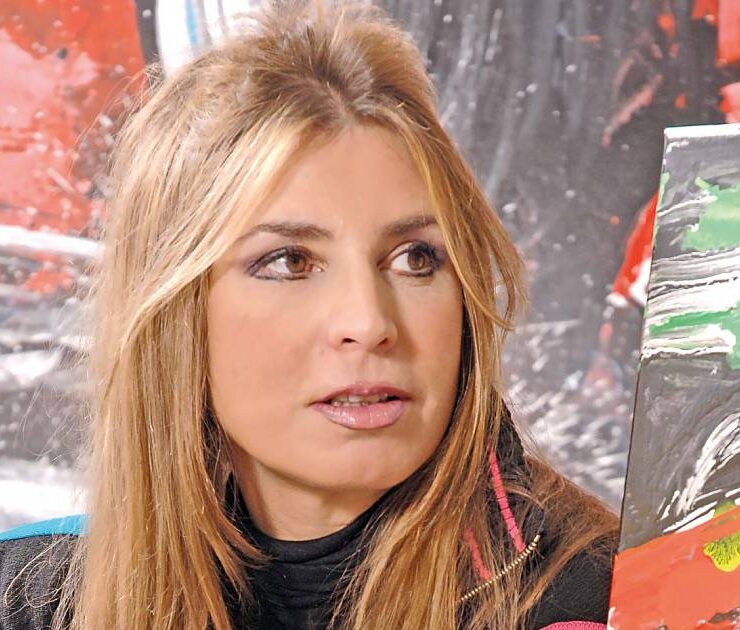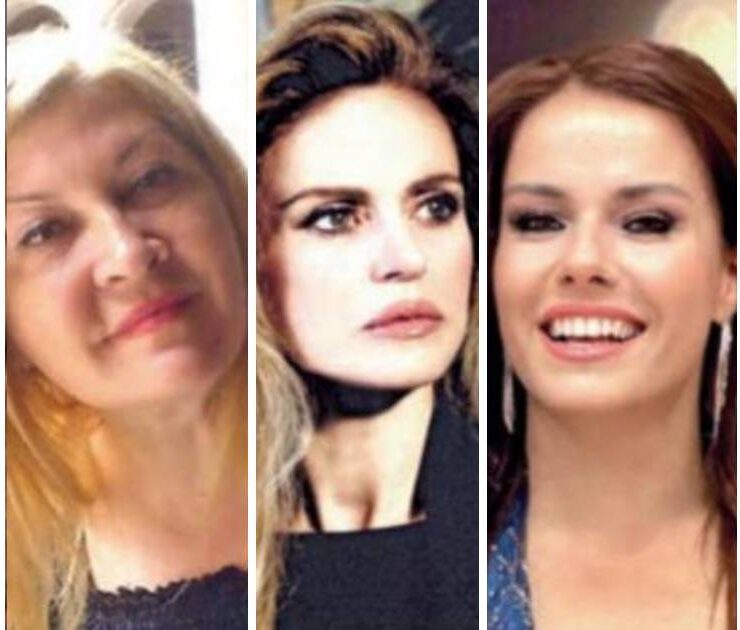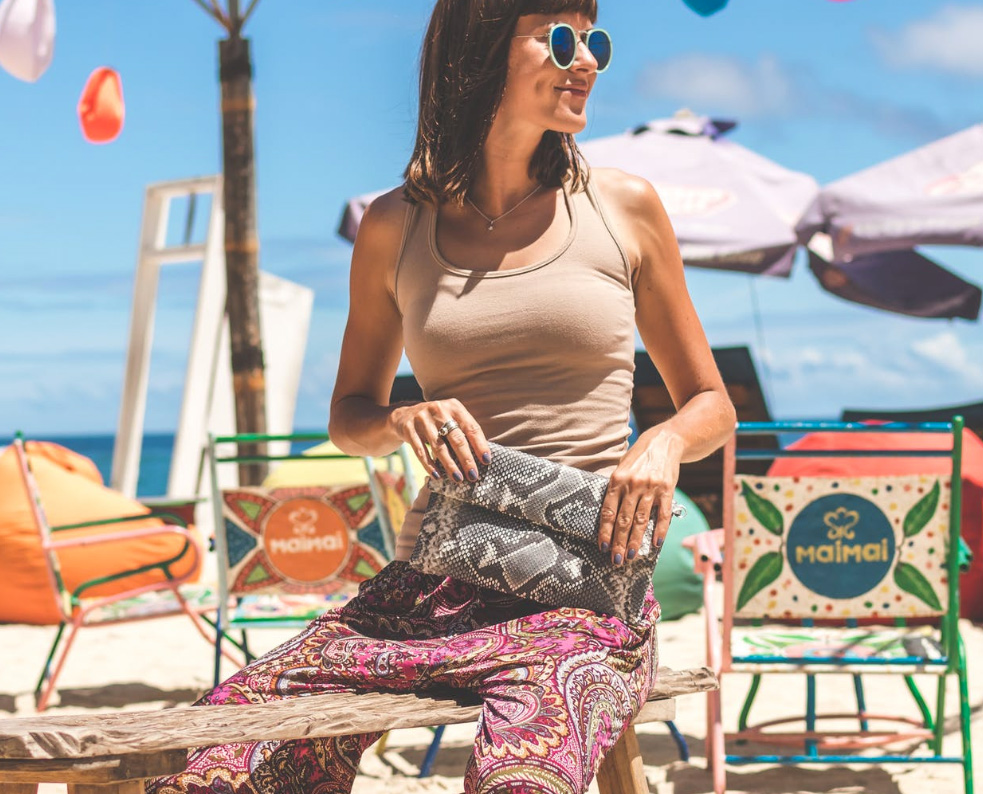Μια Ελληνική Οδύσσεια με SUPERDOTS από τον Phillip Tsiaras
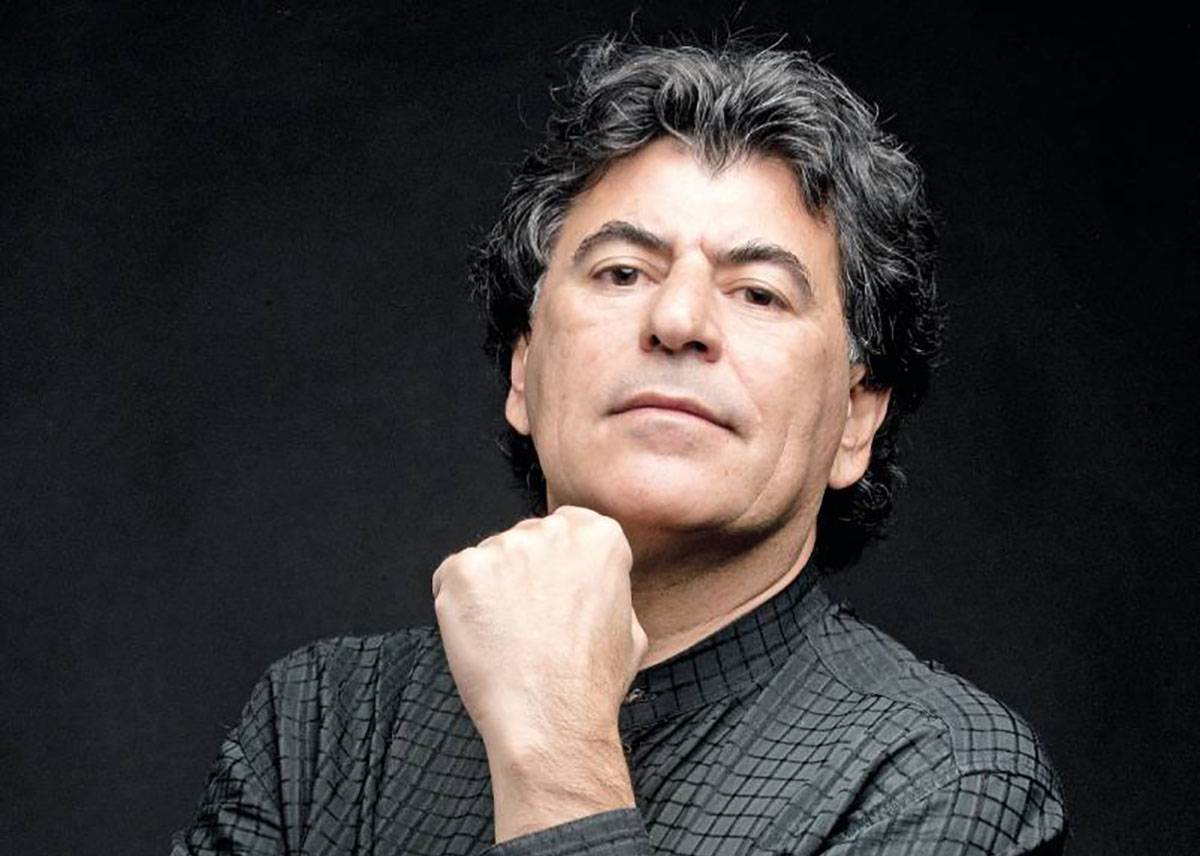
Σε ένα μωσαϊκό εκατομμυρίων κουκκίδων, ο διεθνής καλλιτέχνης της pop art, παρουσιάζει μοντέρνους πίνακες διασημοτήτων, τους οποίους αποκαλεί «Ντίβες, Περσόνες, Τέρατα και Φίλους». Ως παιδί δύο κόσμων, ο Ελληνο-Αμερικάνος Τσιάρας ενώνει τον παλιό κόσμο με τον νέο, με τη δημιουργία ενός προσωπικού σύμπαντος στο οποίο εκθέτει τις λαμπρές, σπάνιες δημιουργίες του ως ζωγράφος, γλύπτης, φωτογράφος και ποιητής.
Γιος Ελλήνων μεταναστών από την Βόρεια Ελλάδα, γεννήθηκε στις ΗΠΑ και έλαβε προνομιούχα εκπαίδευση στο Κολλέγιο Άμχερστ, όπου σπούδασε μουσική και συγκριτική λογοτεχνία. Έχοντας εκπαιδευτεί στην κλασική μουσική, κέρδισε υποτροφία στην ποίηση, τόσο για τα δικά του ποιήματα, όσο και για μεταφράσεις κειμένων σύγχρονων Ελλήνων ποιητών, κυρίως του Ρίτσου, του Καβάφη και του Καρυωτάκη. Μελέτησε μαζί με τον διάσημο καλλιτέχνη Λουκά Σαμαρά, από τον οποίο επηρεάστηκε βαθιά και τον οποίο θεωρεί μέντορα.
Η αστείρευτη δημιουργικότητα, η νεανική ενέργεια, και η δυνατή δημιουργική γλώσσα, συγχωνεύονται στα έργα του με αυθεντικότητα και άνεση. Ο Νεωτερισμός και η Pop Art από τη φύση τους συνδυάζονται με ποιητικές και ιστορικές αναφορές της κλασικής ιστορίας. Ο Τσιάρας είναι ένας Υπερ-νεωτεριστής με παλιά ψυχή. Οι πίνακές του ταξιδεύουν από το στούντιό του, που βρίσκεται, στο Manhattan της Νέας Υόρκης, σε ιδιωτικές συλλογές ανά τον κόσμο. Έχει λάβει διάφορα σημαντικά βραβεία, όπως την Υποτροφία Τόμας Γουάτσον, 2 Εθνικές Επιχορηγήσεις, Βραβείο Συνολικής Προσφοράς από το Ίδρυμα Αλεξάνδριον, Νέα Υόρκη, Βραβείο Αριστείας στον τομέα της Τέχνης από το Ελληνικό Υπουργείο Εξωτερικών, και το Χρυσό Μετάλλιο της Generali για την “Civilita Venezia”.
Πρόσφατα συναντηθήκαμε για να συζητήσουμε σχετικά με τις νέες ατομικές του εκθέσεις στις Γκαλερί Blender στην Αθήνα, και Eight στο Mayfair του Λονδίνου, σε συνεργασία με τις varvararozagalleries.
Τον Νοέμβριο, ο Τσιάρας θα εκθέσει στο Μονακό με χορηγία του Πρίγκιπα Αλβέρτου, με ένα σύνολο δημιουργικών κουκκίδων, που θα συνδυαστούν για να δημιουργήσουν το πορτρέτο του πανέμορφου προσώπου της Πριγκίπισσας Grace Kelly.
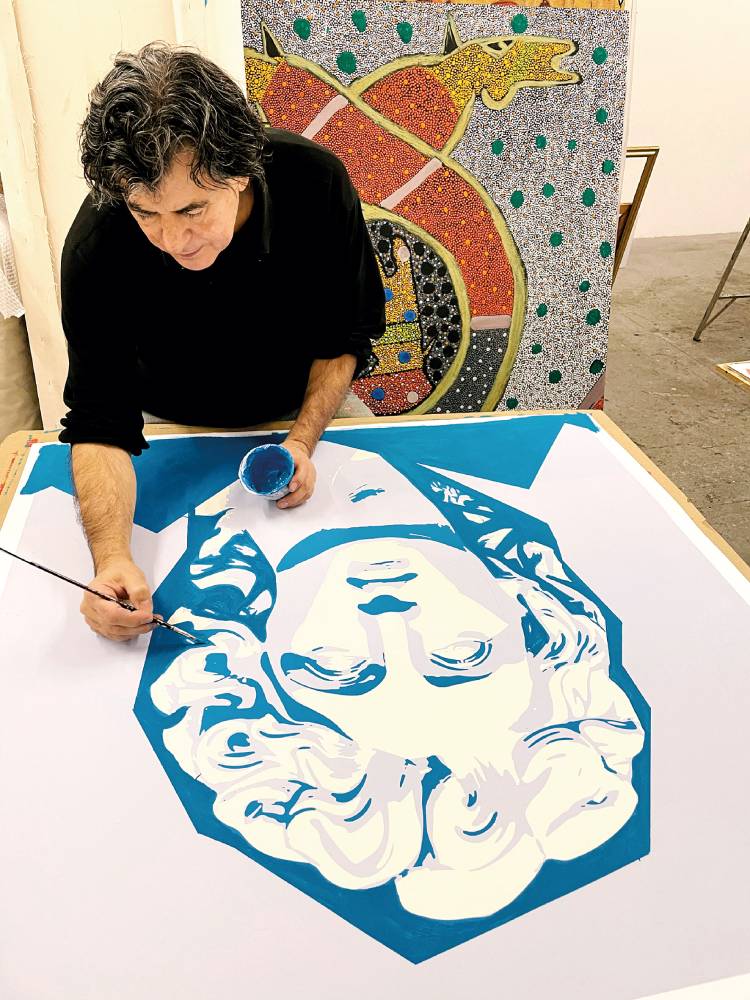
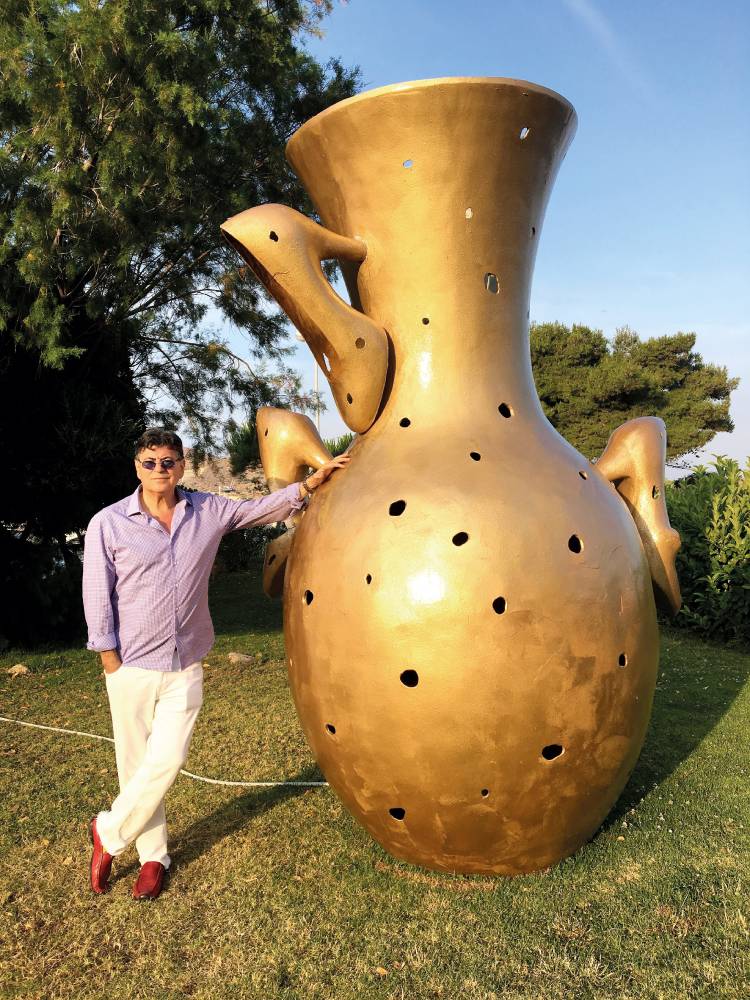
Philip, being internationally recognized as you are, do you ever feel hesitant to take risks with your work?
Risks are exciting, if you don’t take them, you never discover anything at all. Calculated risks are important too, because they help you make “mistakes”, smart mistakes which help you evolve and confront the demon of all demons–repetition —the anathema of the artist. When I went to make glass in Murano, Venice, I knew nothing about making glass, at all. So, it was a big risk, obviously because it was totally unknown to me, expensive, and required the help of others. I jumped into glass making-it was luxurious punishment, “furnace- fear”, as the poet Philip Larkin says. I‘ve also designed sets and costumes for a modern dance, and branded an entire Vineyard in Virginia. Who knew that fear can be your friend!
How do you like working In the Greek Artworld?
I started very young working as an artist in Greece. I began with the Bernie Gallery in the late 70’s with the help of Alexandros Iolas. I’ve made museum exhibitions in Greece as well, the Pinakotects of Siros, Ithaca, and Corfu, Museums of Larisa and Thessaloniki.
About 8 years ago I joined the Blender Gallery. To some degree, I helped put gallerist Varvara Roza of London together with Iason Theophanides of The Blender Gallery, and it has proven to be an excellent combination.
Volta is featuring Roza in this Fall issue. What do you think of her?
I think Varvara Roza will be one of the most talked about art dealers of the next decade.
Your new work contains millions of dots like a mosaic. How did you come up with this idea and how is it perceived?
Dots are another way of touching the subject, of getting close on a micro level. The history of painting has many artists using the dot, notably Impressionist painters like Seurat and Signac to mention a few. But for me, the most vital use of the Dot, (the collection of small pieces of glass, tile, or paint), is in the mosaics of Greek, Roman, and Byzantine art. I use, what I consider a loving dot, as a way of recreating iconic personas, a little like Warhol but with far more detail.
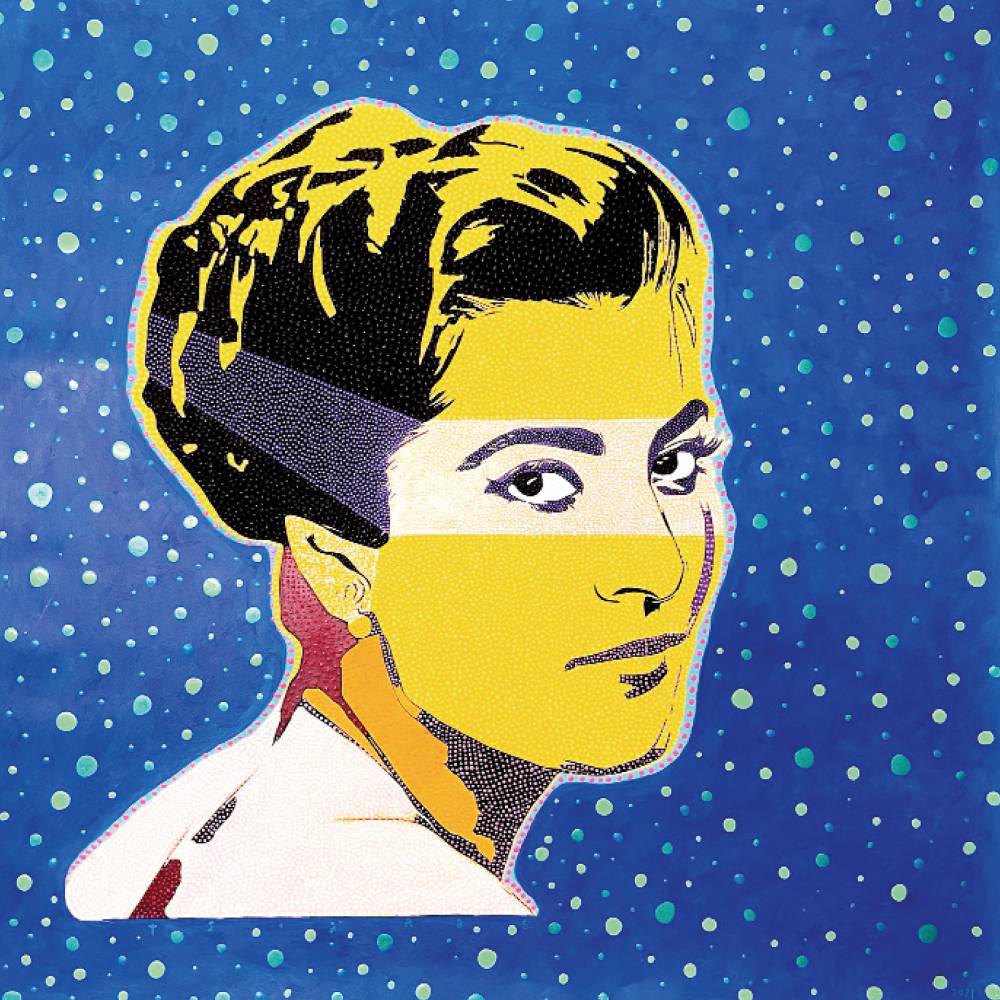
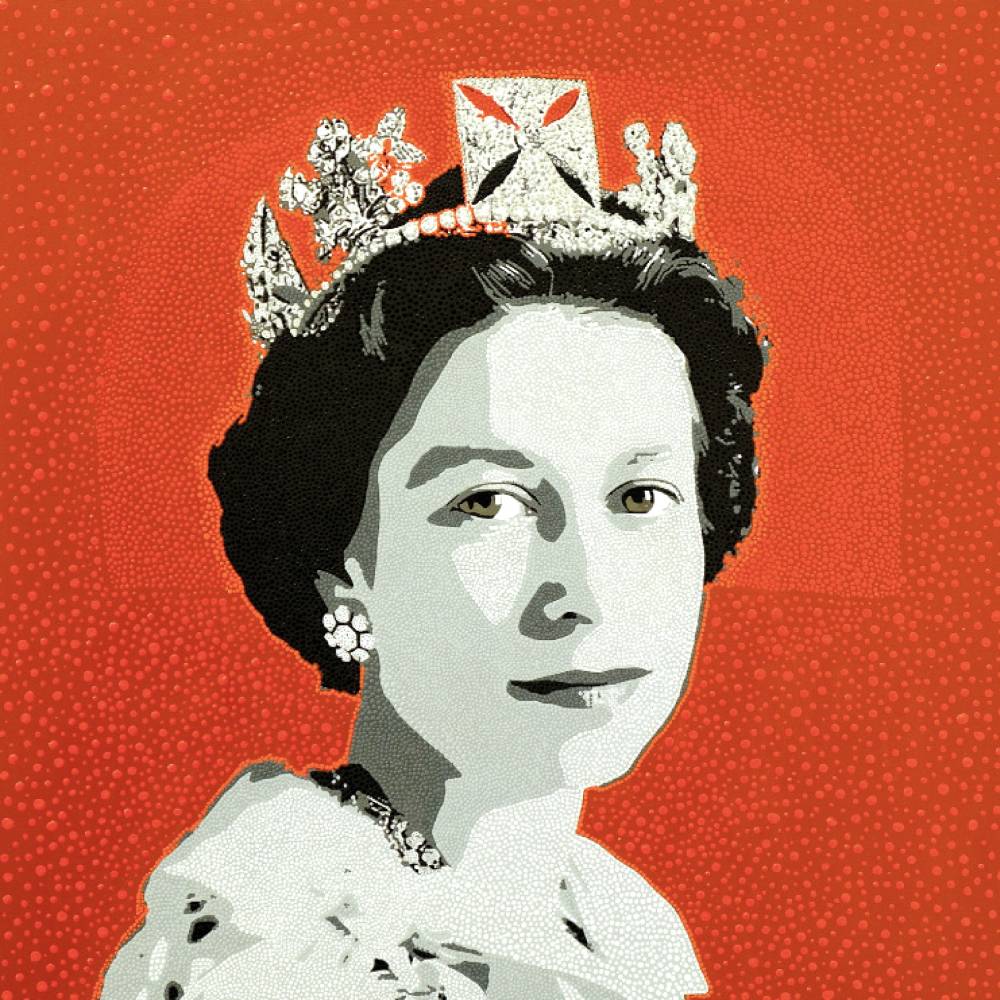
Yes, a London Critic referred to you as the Greek Warhol, did you like that?
I thought it humorous, I don’t particularly like to be branded by anyone, but if it has to be someone, I guess Warhol is OK.
How do you relate personally to these portraits?
Interesting that you ask that. At the same time, when I was doing these dot paintings, I realized that I was getting very involved with the subject, almost too involved. You’re looking into the eyes of somebody whose face you are sculpting with points, evolving a persona for countless hours in meticulous detail, augmenting, reconstructing-a face, a bit like a psycho-plastic surgeon. But there is also the Consciousness that you cannot escape, theirs and yours, It’s a weird connectivity. I am like a vampire trying to make others immortal through the kiss of the Dot.!
Out of all these portraits, who are those that you admire?
I admire Elon Musk. He has personality issues that make him less lovable, but he an amazing genius of our time. In the world of technology, I believe that Steve Jobs and Elon Musk are the two greatest. In the world of art, Picasso, Dali, Frida Kahlo, and Samaras are some of my heroes. In music, Hendrix, Bowie, and Freddie Mercury.
There are times in these portraits when I combine individuals into one body. Like a snake with 2 heads. I did Donald Trump and Putin as a geopolitical statement, two monsters trapped in one body forever. I also joined Maria Callas and Jackie-O into one Siamese body as though they would fight over Onassis into perpetuity!
I’d like to do Zelensky because he is perhaps the most heroic leader of our time. I have toyed with the idea of doing the portrait of Antetokounmpo, not only is he one of the greatest of basketball players ever, but he is an example that immigration can also be very positive for a country-hence Yannis, The Greek Freak. Then, of course, there is Alexander the Great, the absolute maximum of portraits.
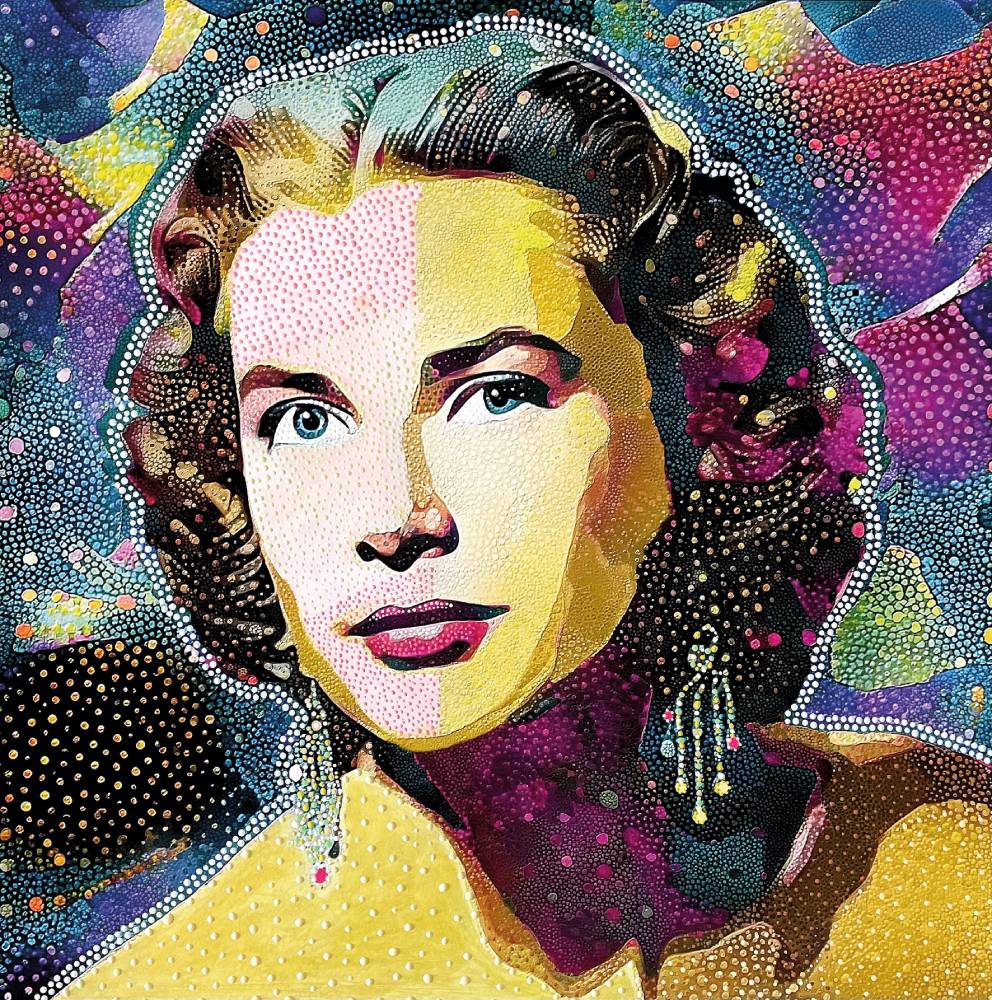
Are there really new trends in art or are things we see derived from the classics?
The only thing that can be considered “new” is something that uses technology, either digital or maybe even the metaverse. However, much of this technologically driven art, although it has many bells and whistles, is ultimately cold and uninteresting.
Everything, in reality, is built on the past, but with fresh and imaginative and even extreme variations. Looking back at history intelligently is the way to look forward. What’s the future without history? Can we forget our loved ones, our family, and our history and deny our origins, and our culture? There is no real present without the past.
If you read Sophocles, he talks about the weight of an oxen’s foot on your tongue. That is as surrealistic as any modern surrealist artist would ever get. The ancient Greeks touched on everything, including surrealism, or the idea of a computing machine. Take Lysistrata, what is more politically advanced than a society of women cutting off sex to end a War. It is genius. So, nothing is completely original which makes doing something “new” even more difficult.
Are you doing something in Greece now?
I’m preparing for an exhibition in Venice and London at the moment but in Athens I am reinstating a sculpture the I made for the Venice Biennale that was on Grand Canal. It will be placed in the centre of the new Astir Marina which is opening in the next few months.
It is a 3-meter, golden bronze sculpture entitled Social Climber. Something that nobody thinks they are!
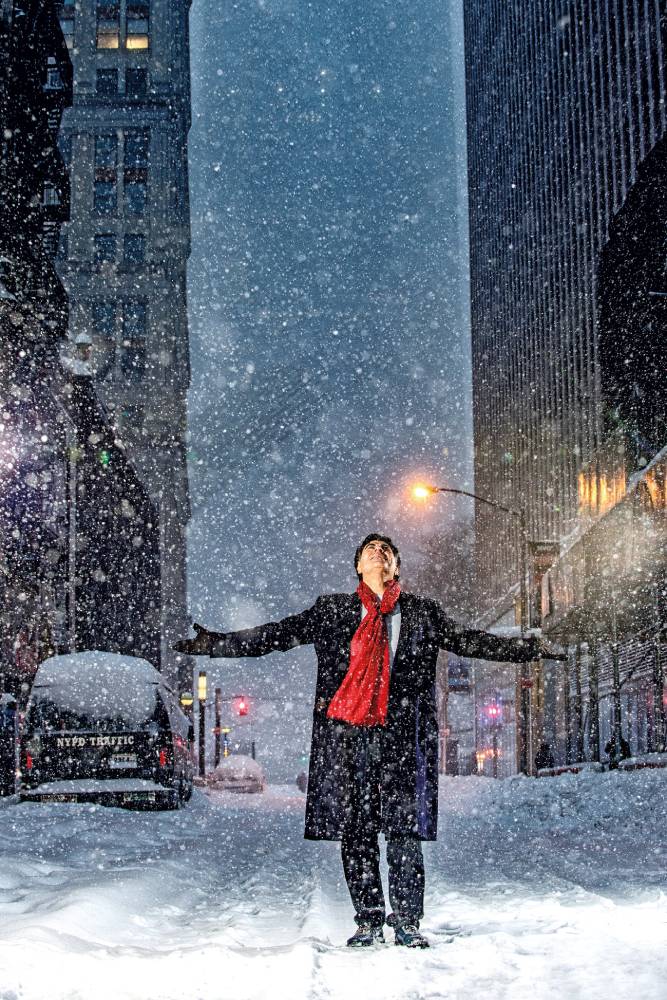
Finally, where does all this inspiration come from?
The mythological or Hollywood idea of the artist is incorrect. No funky muse comes down to inspire you, unless you have extremely good dreams or drugs.
Creativity comes from work, dedicated daily work. It does not come from working once a week on Sundays, nor does it come from some intermittent Muse. As boring as it may sound, it is the God of chronic work that inspires.



